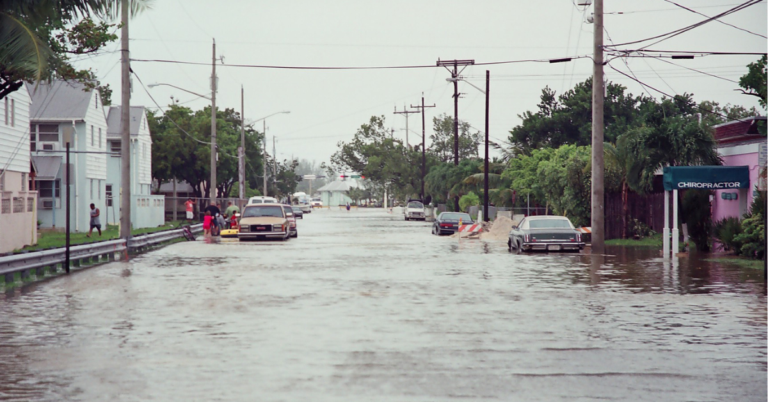The Biggest Reasons Great White Sharks Avoid The Gulf
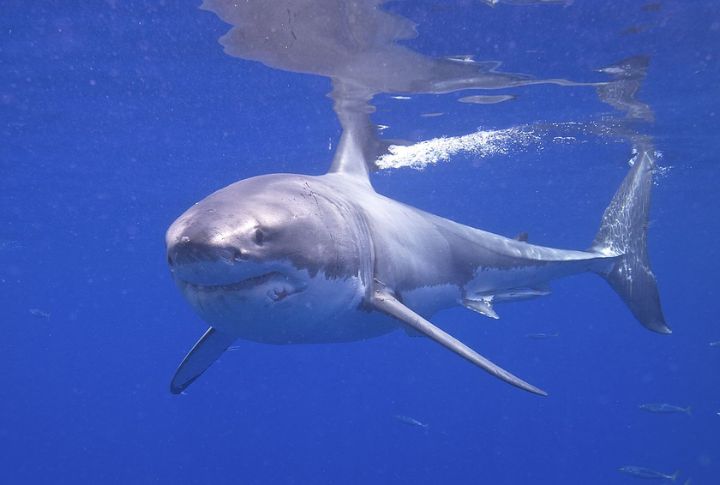
Great white sharks roam the vast ocean, but their presence isn’t evenly spread across all waters. While they have been spotted in the Gulf of Mexico, they are far less common there than in other regions. Let’s explore what influences where these apex predators are most likely to be found.
Water Temperature Isn’t Ideal
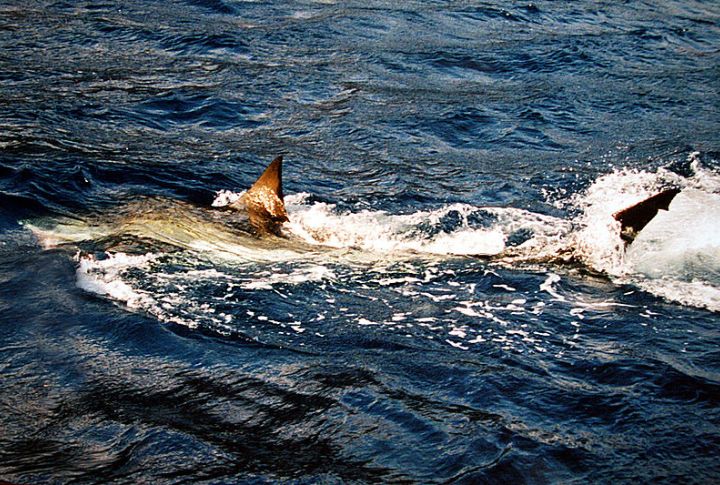
Great whites are highly sensitive to water temperature. They prefer cooler waters ranging from 54 to 75 degrees Fahrenheit, which helps regulate their metabolism and hunting efficiency. The Gulf of Mexico, particularly in the summer, often exceeds this range, reaching more than 80 Fahrenheit.
Pollution Affects Their Health
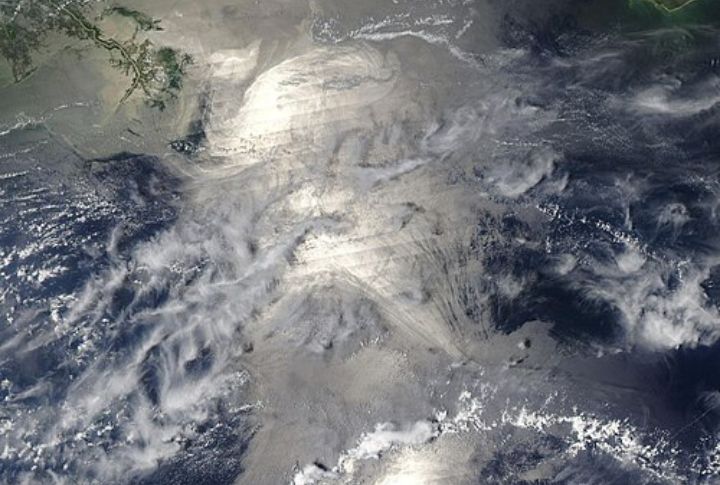
The Gulf of Mexico has faced significant pollution issues due to industrial activity and oil spills, including the massive Deepwater Horizon spill in 2010. These pollutants contaminate marine life, leading to bioaccumulation of toxins in top predators like sharks. Great whites prefer cleaner environments where they can maintain optimal health.
Limited Food Sources Available
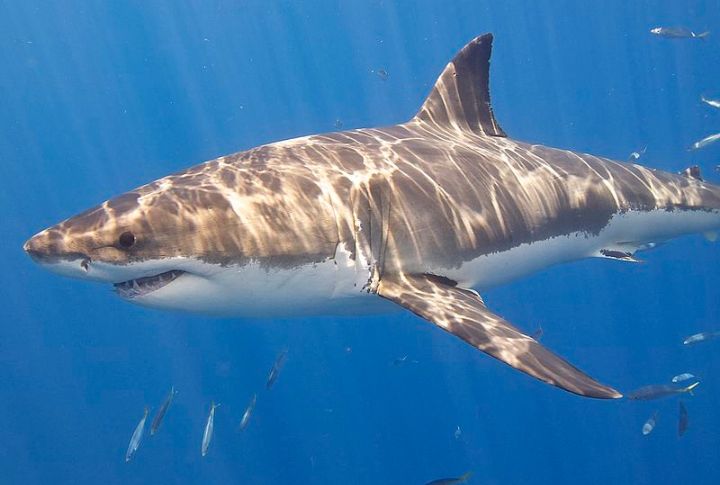
Food availability plays a huge role in shark distribution. Great whites primarily feed on fatty marine mammals like seals and sea lions, which provide the high energy they need. The Gulf lacks large populations of these prey animals. While fish and smaller marine creatures exist in the Gulf, they don’t offer the same caloric benefits.
High Presence Of Other Predators
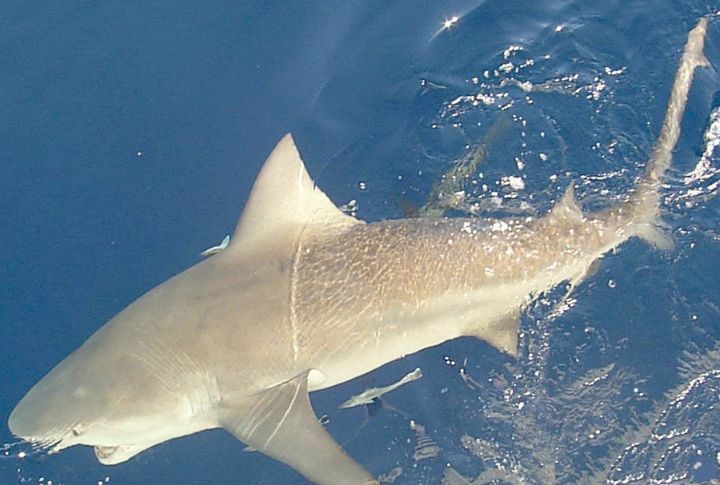
Competition influences where predators choose to live. The Gulf of Mexico is home to aggressive sharks like bull sharks, tiger sharks, and hammerheads, all of which are highly adaptable to warmer waters. Bull sharks, in particular, dominate estuaries and shallow coastal zones, so it’s difficult for great whites to establish a foothold.
Shallow Waters Make Hunting Harder
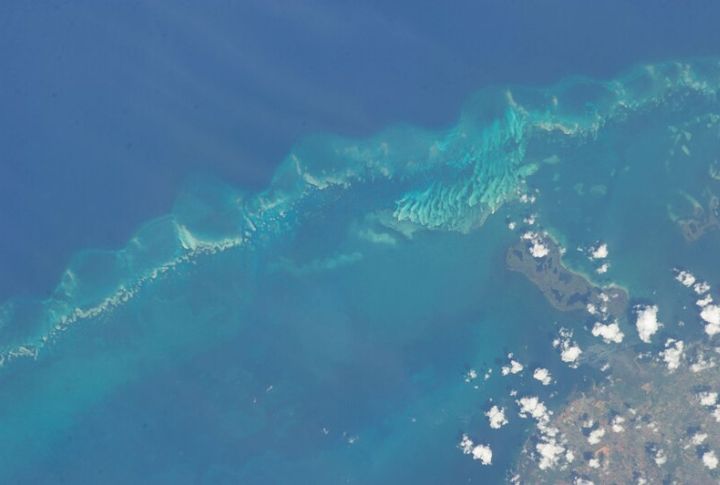
Great whites are ambush predators. They prefer deep waters where they can strike from below to use their dark backs to blend into the depths before launching surprise attacks. The Gulf’s shallow coastal areas reduce their ability to hunt efficiently. This makes it harder for them to stalk prey unnoticed, forcing them to adapt their hunting strategies.
Strong Currents Disrupt Their Movements
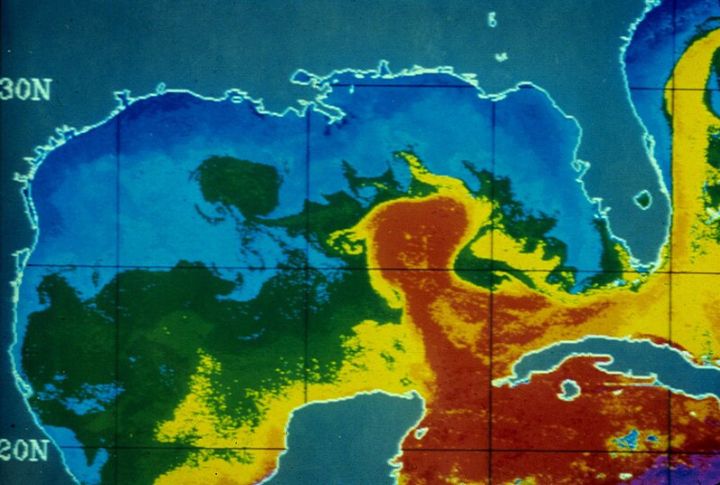
The Gulf of Mexico experiences turbulent waters due to the Loop Current, a powerful warm-water current that feeds into the Gulf Stream. These unpredictable conditions make long-term habitation difficult for great whites. They rely on stable currents to assist with migration and navigation, but the Gulf’s shifting currents create an unstable environment.
Breeding Conditions Aren’t Favorable

Sharks need specific conditions for breeding and nursery grounds. Great whites prefer regions with safe, food-rich environments where juveniles can grow without constant threats. This need for secure breeding locations is another reason why they gravitate toward Guadalupe Island and South Africa.
Inconsistent Water Clarity
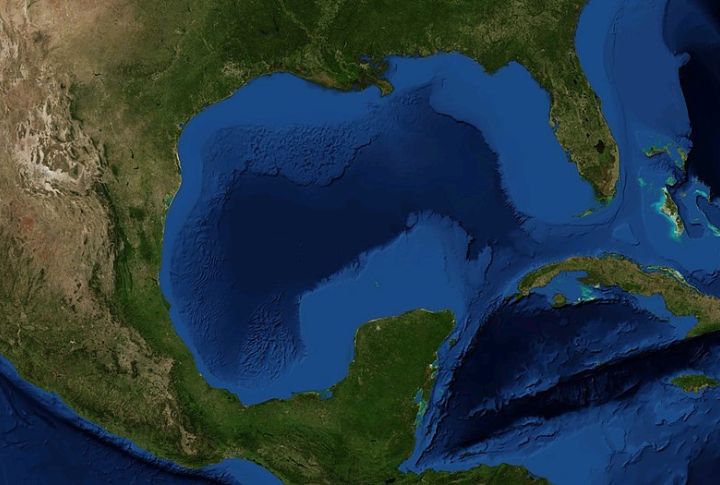
Great white sharks rely on clear water for effective hunting, as visibility is important for spotting prey. The Gulf of Mexico often experiences murky waters due to river runoff and algal blooms. Reduced clarity also makes it harder for great whites to detect potential threats, increasing the risk of surprise encounters with larger predators or human activity.
Oxygen Levels Aren’t Optimal
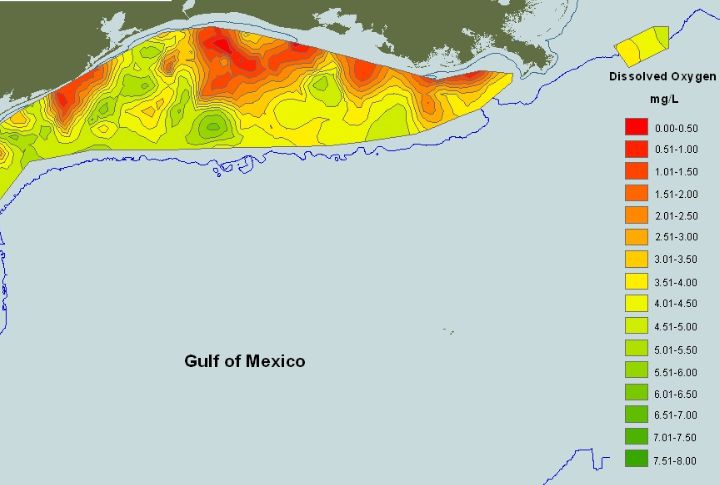
The Gulf of Mexico has areas with low oxygen levels, often referred to as “dead zones.” These regions result from excessive nutrient runoff, which leads to algal blooms that deplete oxygen. Marine life struggles to survive in these conditions, reducing the available prey for great whites.
Strong Seasonal Storm Activity

The Gulf of Mexico is prone to powerful hurricanes and tropical storms, creating unpredictable and often hazardous conditions for marine life. Great white sharks prefer relatively stable environments where they can hunt and migrate without major disruptions. Frequent storms stir up the water, reduce visibility, alter prey distribution, and can even change water temperatures rapidly.
Boat Traffic Causes Disturbances
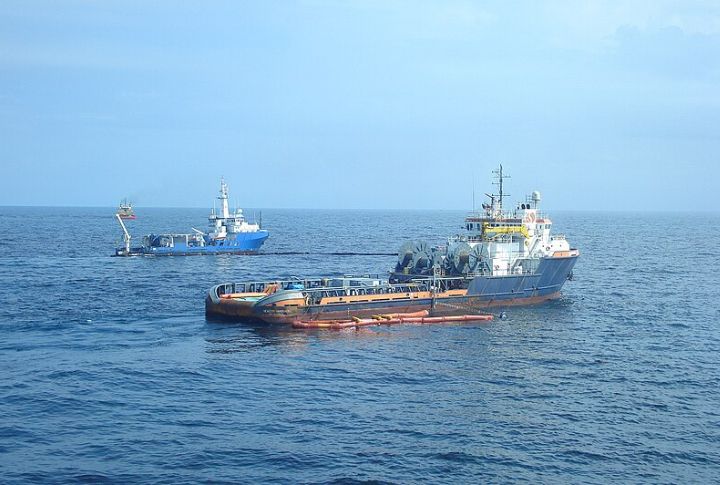
Heavy boat traffic can have a profound effect on marine ecosystems. Shipping lanes, cruise ships, and commercial fishing vessels create constant disruptions. Great whites generally avoid areas with excessive maritime activity in favor of quieter, more stable environments where they can hunt without interference.
Fishing Industry Poses A Threat
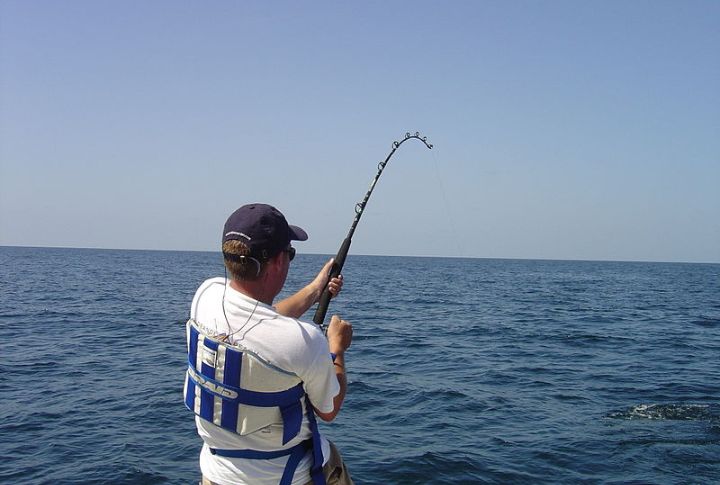
Bycatch is one of the biggest dangers sharks face. Large-scale commercial fishing in the Gulf often results in accidental captures of sharks in longlines and drift nets. Great whites, being apex predators, recognize high-risk areas and tend to avoid regions where their chances of entanglement are high.
Limited Access To Open Ocean Routes
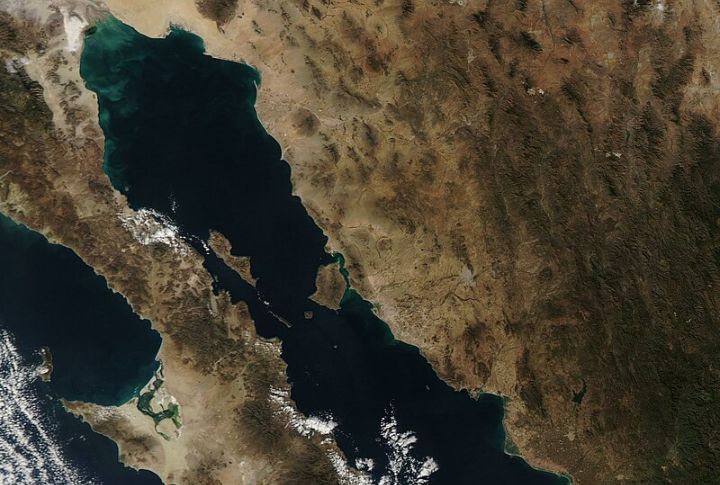
Great whites prefer coastlines that provide easy access to open ocean routes for migration. The Gulf of Mexico is a semi-enclosed area, bordered by land on three sides, which restricts their movement. In contrast, the Pacific and Atlantic Oceans offer more unobstructed pathways for long-distance travel.
Unfavorable Salinity Levels In Certain Areas
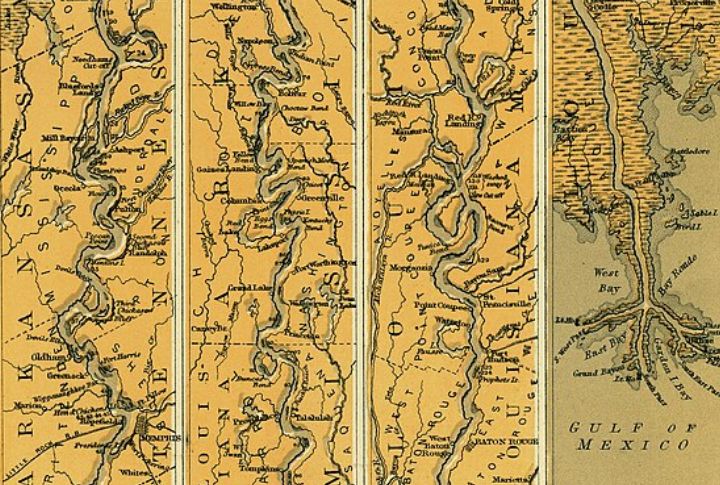
Some parts of the Gulf experience fluctuating salinity due to freshwater inflows from major rivers like the Mississippi. These changes can affect marine ecosystems and make the region less stable for great whites, which thrive in more consistent oceanic conditions.
Lack Of Suitable Resting Zones
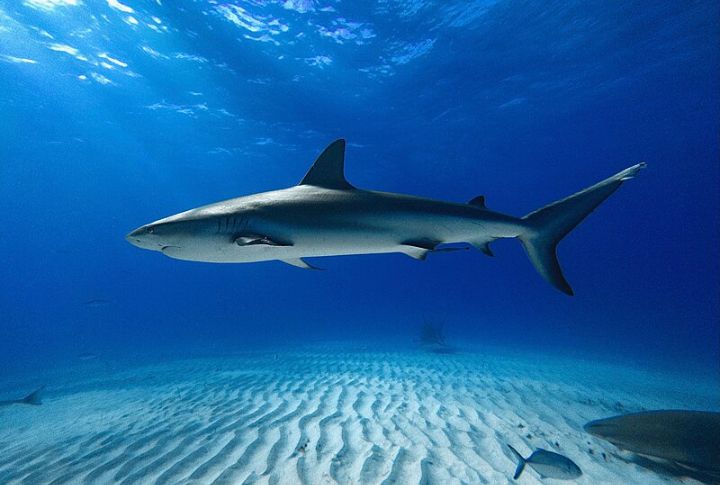
While great white sharks are constantly on the move, they also utilize specific zones where they can conserve energy between hunts. These areas are often found in deep offshore regions with stable conditions. The Gulf of Mexico lacks many of these deep, cool-water resting zones that great whites rely on.

